Julio Himede – The Landscape Of Light
Posted on April 1, 2025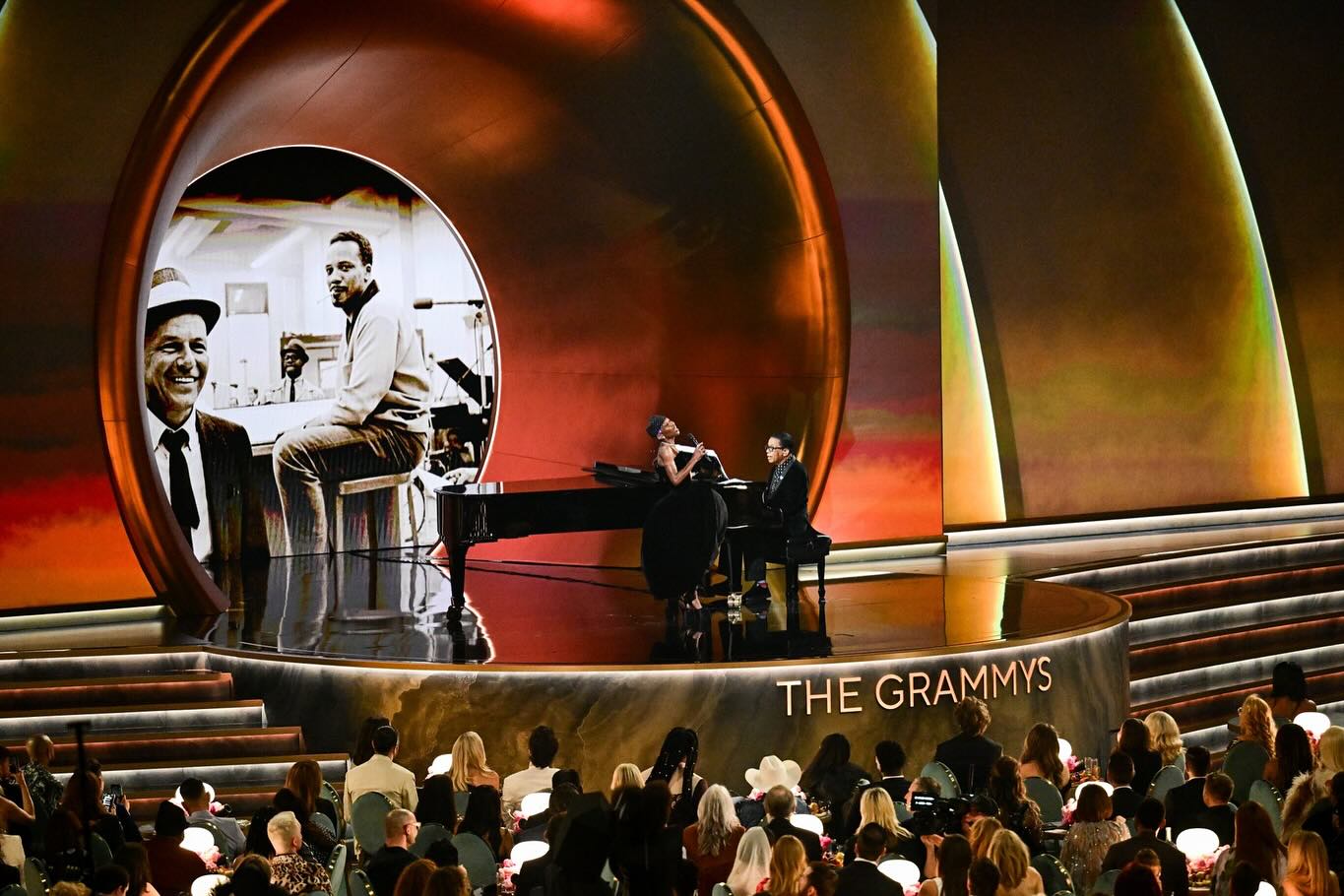
This globally acclaimed production designer often views his work in terms of painting a landscape. Looking at the sweeping beautifully flowing looks that he and his team at New York-based Yellow Studio have created for many of the world’s most iconic award ceremonies, touring artists, TV networks and corporate clients, one can indeed see the echoes of a Monet Sunrise or Cézanne mountainside.
Like any powerful landscape, Julio Himede’s designs are built around what he calls the crucial pieces of composition: shapes, colors, gradients of light, darkness, and shadows. Balancing these in a way that is pure, simple and uncluttered yields a design that is not only aesthetically beautiful in its own right, but also, and far more importantly, one that creates a richly fertile environment to support the narrative on stage as it unfolds.
Himede has followed this vision when designing a wide range of memorable events in a variety of places. In 2024, he and his team created a widely acclaimed and timeless design for the Grammy Awards. He has worked on many other Grammy shows, one of which (2023) earned him an Emmy nomination.
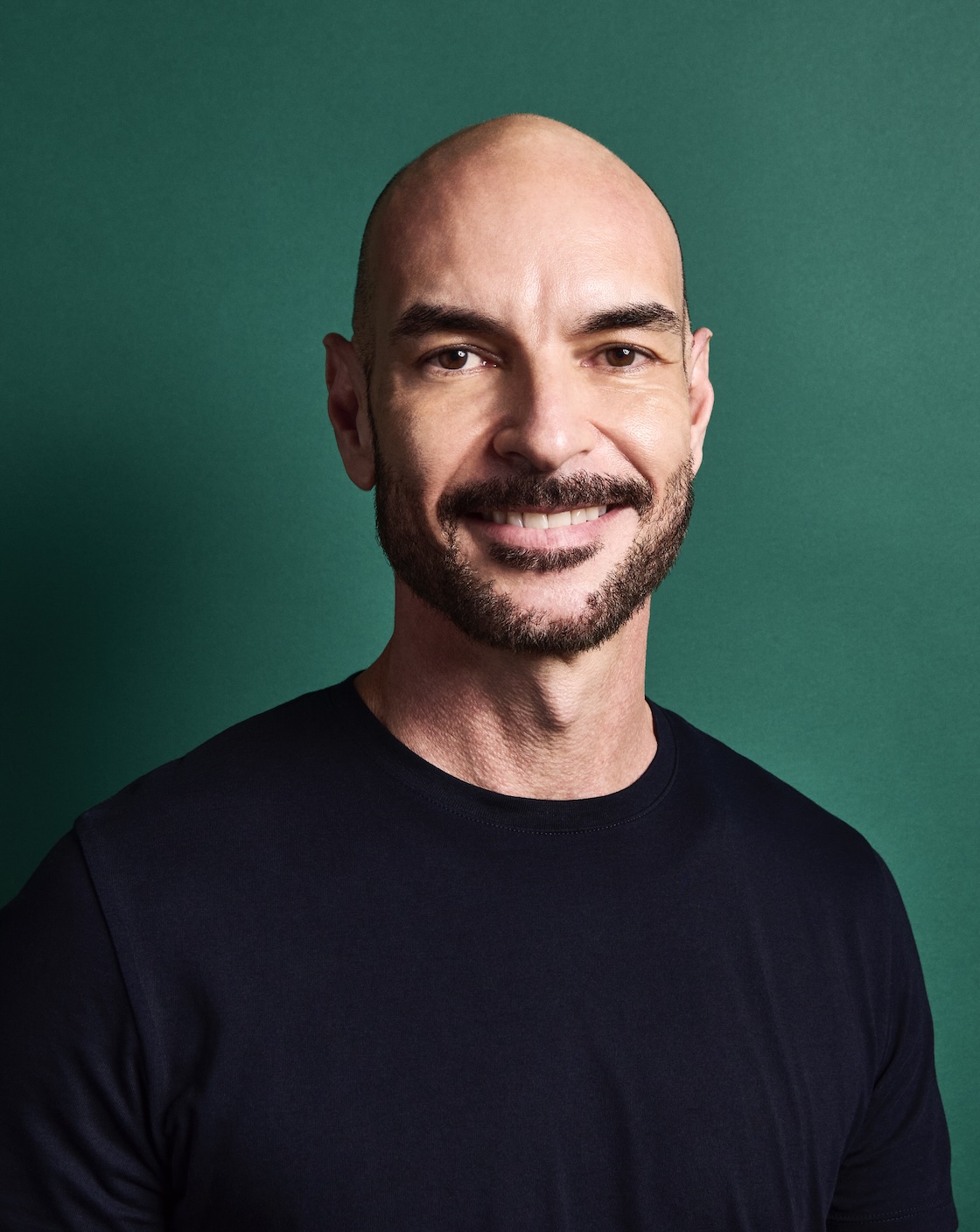
In addition to his designs for the Grammys, Himede has left his indelible mark on other ceremonies, such as the MTV Music Video Awards, The BRIT Awards, The Eurovision Song Contest, The BAFTA Awards and more. His impressive portfolio also includes major tours and concerts, including the Shakira World Tour (Las Mujeres Ya No Lloran) which launched in Rio De Janeiro earlier this year, as well as television programs like ABC’s 30th Anniversary of Disney’s Beauty and the Beast, and landmark events, including 2024’s The 1,000 Seasons of Elie Saab fashion show in Riyadh.
Born in El Salvador, educated in Australia, and thriving in New York, Himede brings an international perspective to his work. This, along with the playful romantic attitude that runs through his creative process endow his designs with a freshness and originality, which like any great landscape, invites us into an enchanted world.
Recently, Himede took time from his busy schedule to talk to us about the power of artful light.
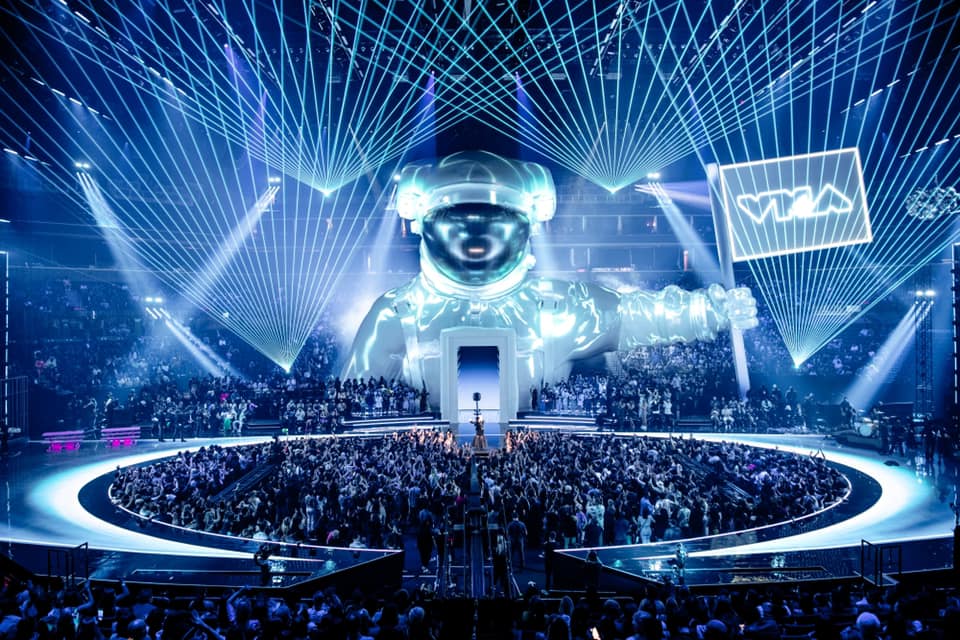
You have described your designs in terms of them being “landscapes.” This seems very appropriate since your work, like any great landscape is so sweeping and immersive. What do you feel is the significance of using the term landscape to describe your work?
“I often refer the process of designing for the stage as ‘painting the landscape.’ By this I mean, like any artist painting a canvas would do, one has to consider crucial pieces to the composition, such as shape, form, light, colour and negative space, all balancing in a way that helps to drive the narrative or concept forward. As well, as hoping to make the audience feel engaged and transformed into a world I am trying to express.”
How and why did you name your business “Yellow Studio?
“Yellow is my favorite color, it brings clarity, brightness ,and it is considered a color of optimism. At my studio it is symbolizing bright ideas sparking in our heads.”
It’s interesting that a color is in the name of your business, since you use bold color combinations in such dramatic ways in your designs. We were especially impressed with your work on the 2024 BAFTA Awards, you had shifting color combinations on the 8m tall silhouette of the BAFTA mask. The color shifts totally changed the aura of the stage. Can you tell us a bit about how that design came about?
“The BAFTA awards design was inspired by a zoetrope and the illusion of pictures in motion. We created a fan-like sculpture 12 golden frames each shaped in the profile of the iconic BAFTA mask. We collaborated with lighting director Tim Routledge from very early stages of the design on how to bring movement, and life into the static sculpture form. The strategic lighting placement around the piece meant we had a constantly shifting experience reflecting the transformative nature of film making.”
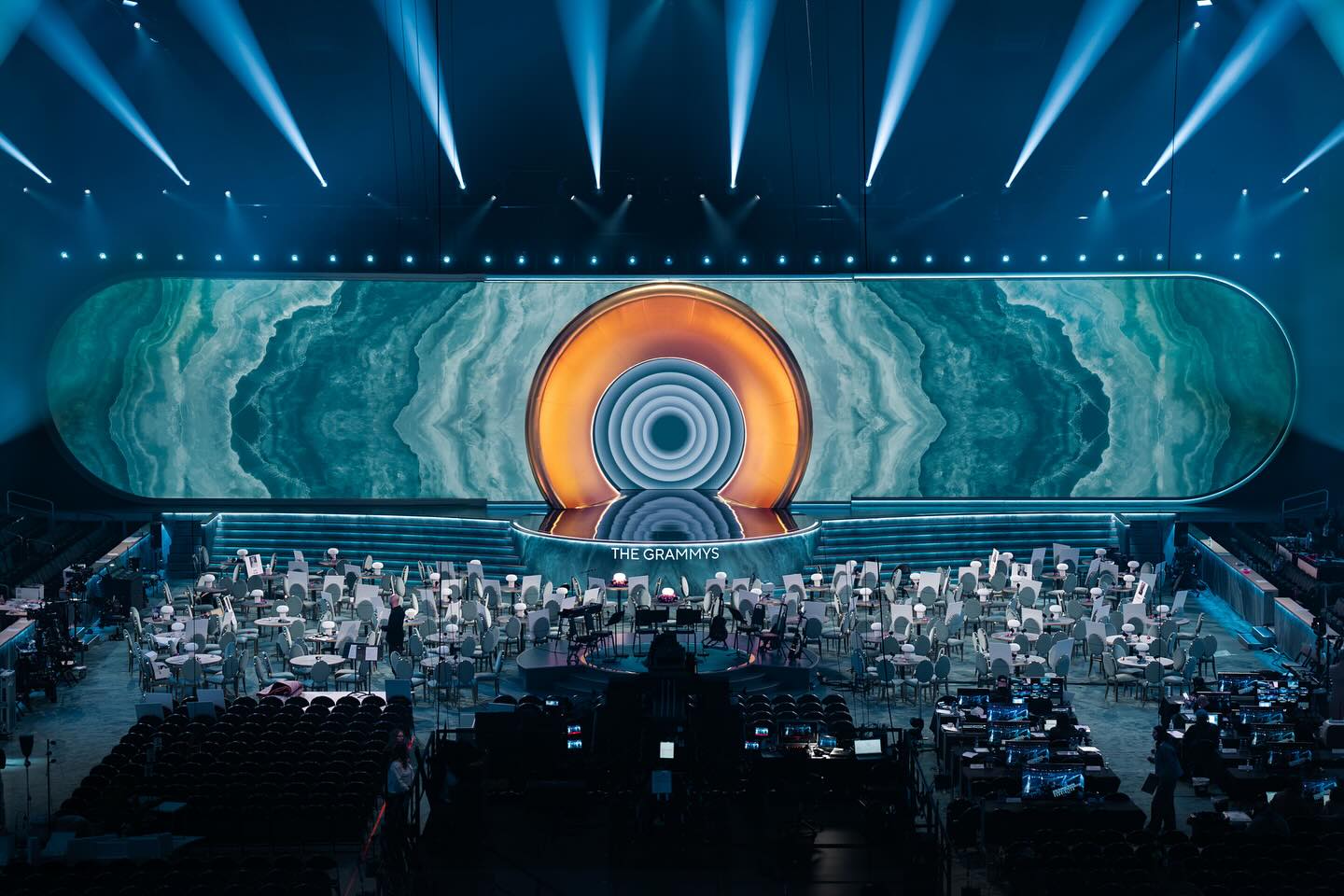
You’ve also created many stunning monochromatic looks, such as the work you did for Elie Saab’s fashion show in Riyadh. How would you describe the role of monochromatic looks in design?
“Monochromatic palettes often appear in my designs. It is a way for me to maintain my landscape clean and minimalist without too much clutter in color. This method also helps the audience watching focus on the central idea, or make the protagonist stand out. Monochromatic tones evoke certain feelings and emotions which help me drive the story forward.”
Shape is another element that drives your stories forward. Your design for the 2024 Grammy Awards featured a lot of curves and circles as well as an oval backdrop. Many of your designs seem to go with curved shapes path rather than using a lot of sharp angles Is that a fair assessment?
“It is indeed. Curvature allows me to soften the visual language of any design. It comes across as a way for the environment to appear immersive and engaging to the camera as well as the live audiences.”
At the center of the Grammy Awards backdrop was a gramophone. What was the significance of that?
“The golden gramophone sculpture at The Grammys represents the gold crown in music. It frames every winner, and presenter standing on that stage with a “crown” background. It has provided The Recording Academy and the production an identity with elegance, prestige and relevance.”
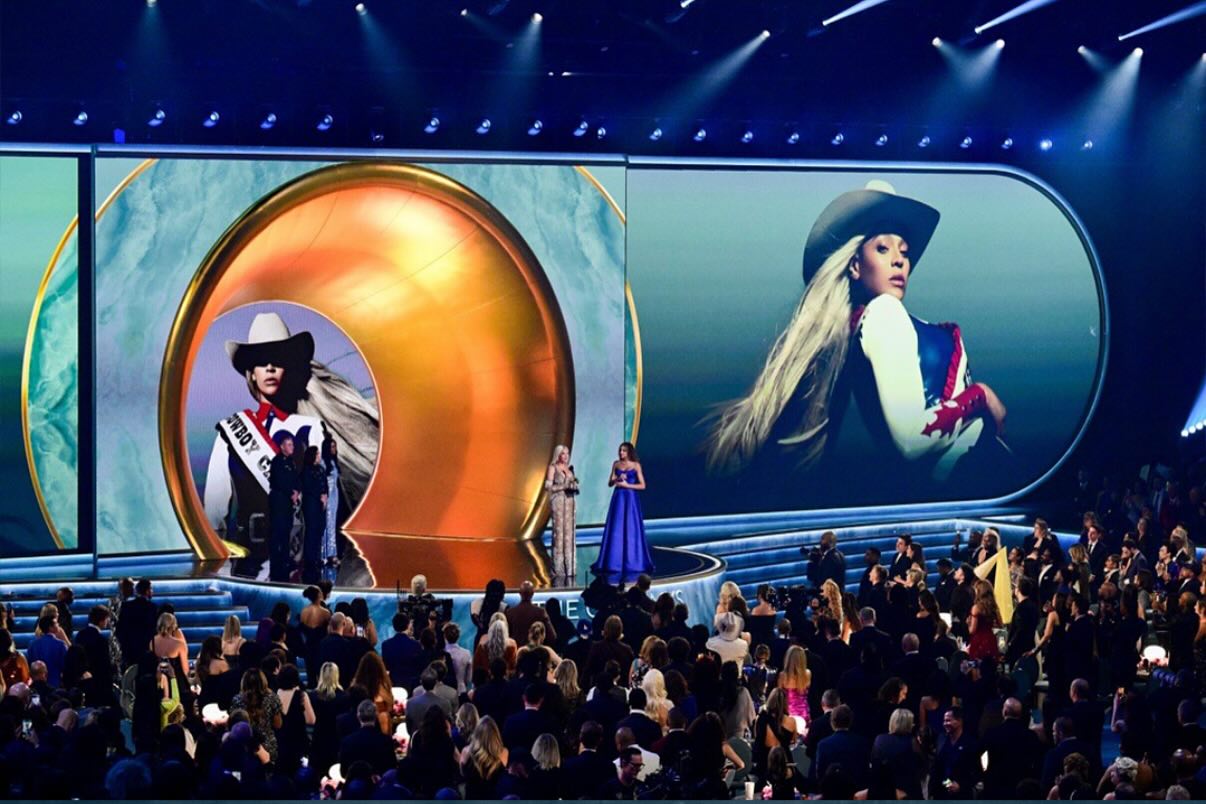
You’ve said that at the beginning of a project, you and your staff at Yellow studio have a “romantic period,” during which you feel free to explore all kinds of creative aspects. Can you tell me a bit about what sort of things you do during these periods?
“The romantic period is the research and exploration part of our design process. where we get to flirt with concepts and try ideas that may or may not work out, However, it is the luxury of having this period for this exploration where ideas can be fully pushed and developed.”
What do you feel is the central mission of every design?
“It is the perfect balance of supporting the protagonist and their needs, while driving the narrative and production forward with creative and unexpected results.”
You make very effective use of automation in your designs, notably in your work for Celine Dion in 2024. What do you think automation adds to a design? What advice to you have about using it and not overusing it?
“Automation is simply a tool not a concept. Ideas and meanings behind any design should to be clearly identifiable. Technology such as automation, should come as a secondary tool to bring the ideas to life.”
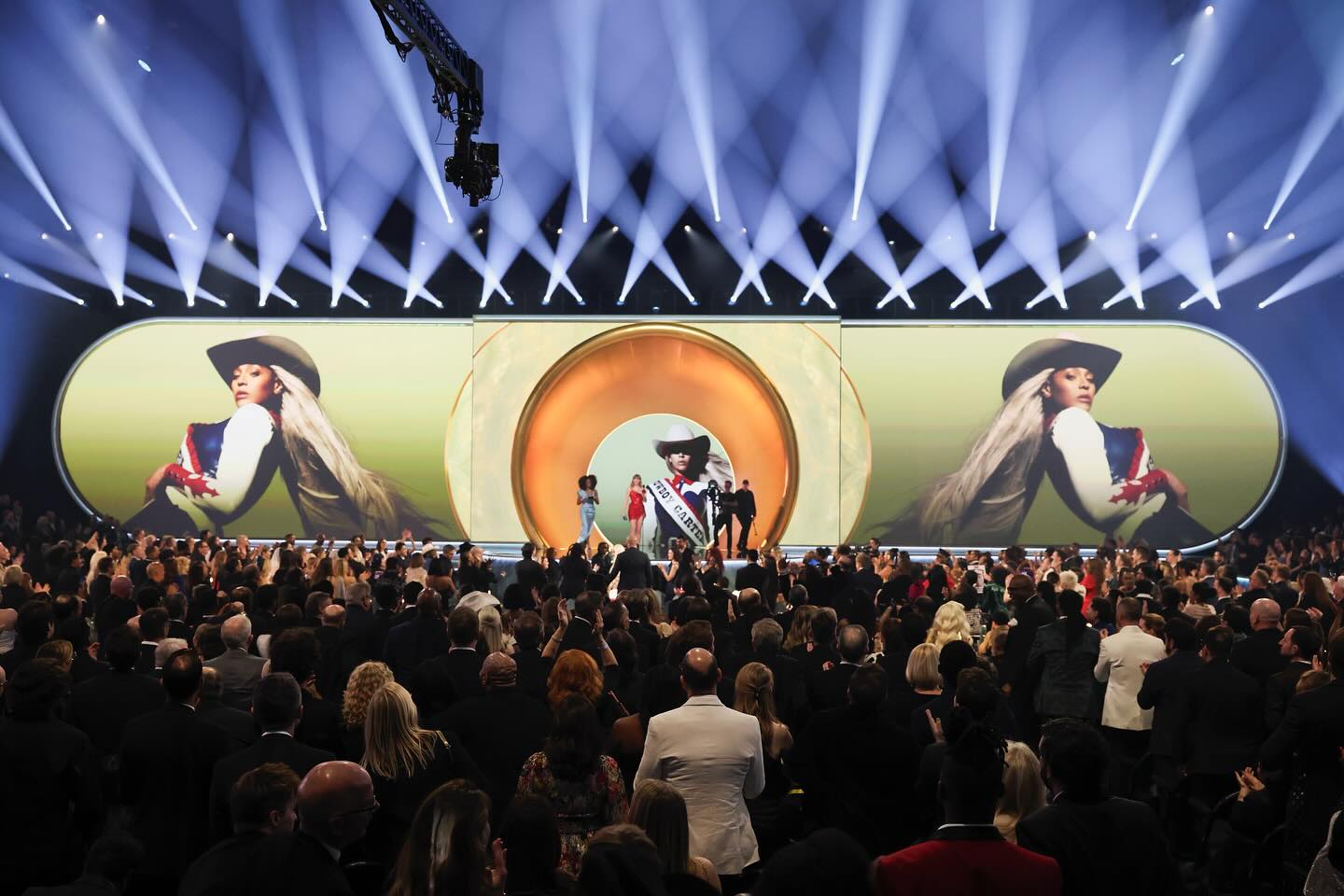
You mentioned the term “concept.” What is the most difficult concept or emotion to capture in a design?
“The notion of harmony, but when lighting and design blend nicely together, the balance feels complete and harmonious.”
Your work for the Shakira World Tour was widely acclaimed. How was designing for a single artist’s tour different from designing award shows?
“There are so many differences between the two. First of all, the artist’s story and significance of the latest album needs to be the focus for the entire production with elements of surprises along the way to keep the audiences engaged.
“Secondly, designing for a tour often means playing in giant stadiums with over 80,000 live audience members. Therefore, the architecture of the design needs to feel bold, impactful and memorable.
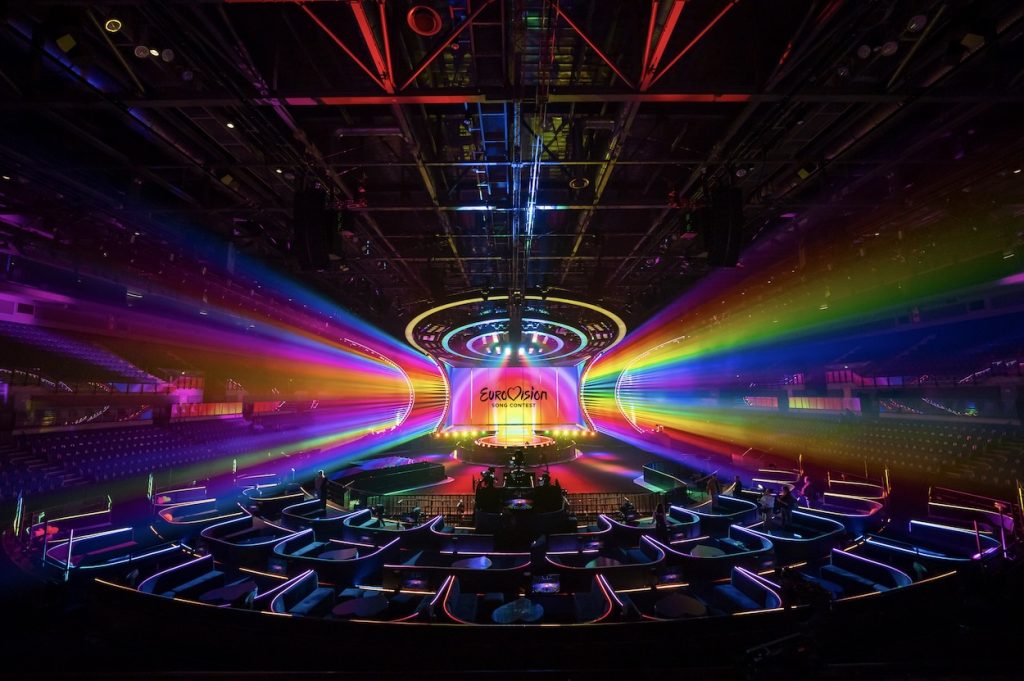
Looking at your career to date, is there one project that served as a real learning experience and shaped your career as a designer?
“I could name a few but certainly the MTV, MVAs and The Eurovision Song contest.”
James Joyce once said “writing is never finished it’s abandoned.” Is the same true of a design project? How do you know when a project is finished?
“A detail timeline is always a crucial part of our process at Yellow Studio. We are strategic about the different periods of the journey, from exploring concepts, to drawing the ideas and rendering the final visuals. For us there is always a deadline and a time to let go.”
Your work has such an artistic quality. Are there any artists, fashion designers, architects, or film directors (past or present) who have influenced you creatively?
“Artists such as Magritte and Olafur Eliasson, to film directors like Peter Greenway, stage director Philip and fashion houses like Maison Schiaparelli and Maison Margiela have had an influence in how I view and approach my work.”
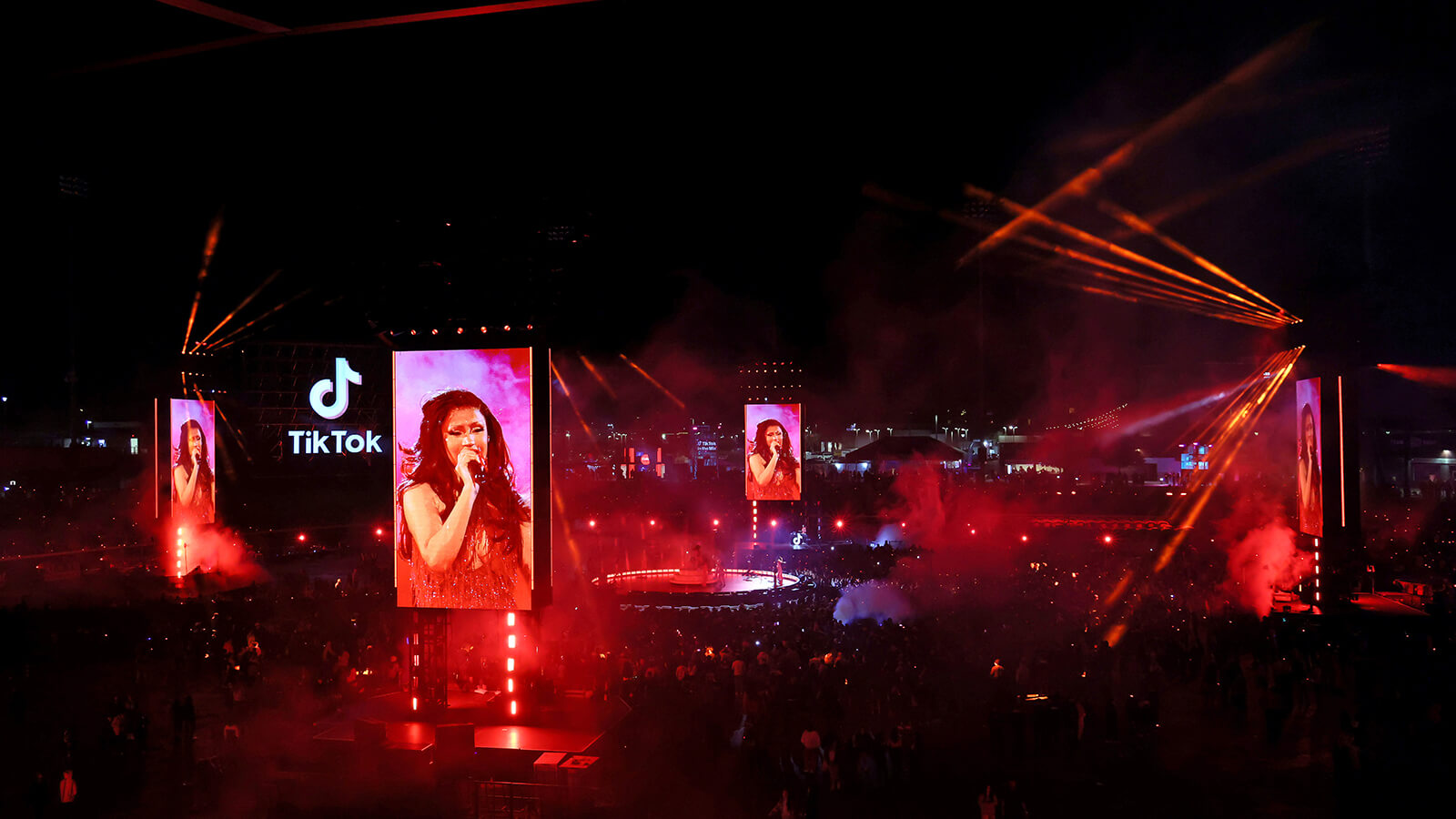
You were born in El Salvador, spent your youth in Australia, went to school in Sydney then moved to New York, where your studio is headquartered to today. How has this global experience influenced you as a designer?
“The international perception of how I view myself has always been part my life, and my interests in art, architecture and design are drawn from many parts of the globe.”
If you didn’t become a designer, what do you think you would have done?
“That is a question I am often asked. I don’t yet have a clear answer, however since I love food, I probably would have become a professional related to a restaurant or entertaining with food.”
What is the one thing you want people to know about you as a designer?
“I love collaborating with other artists, designers and creative minds.”